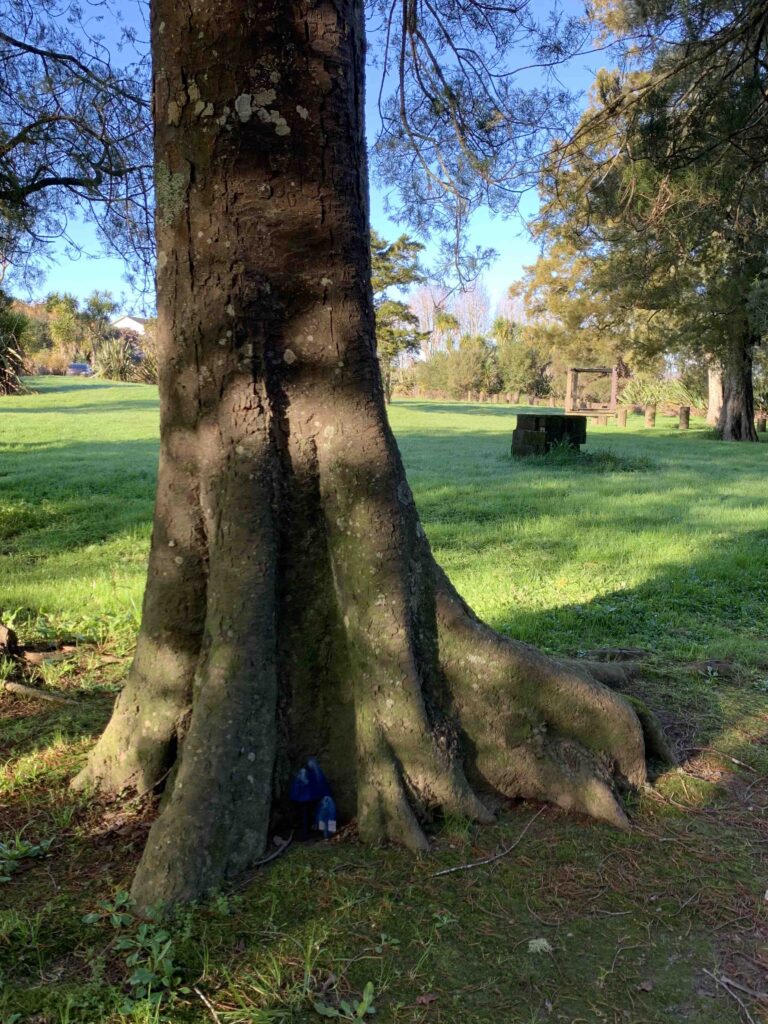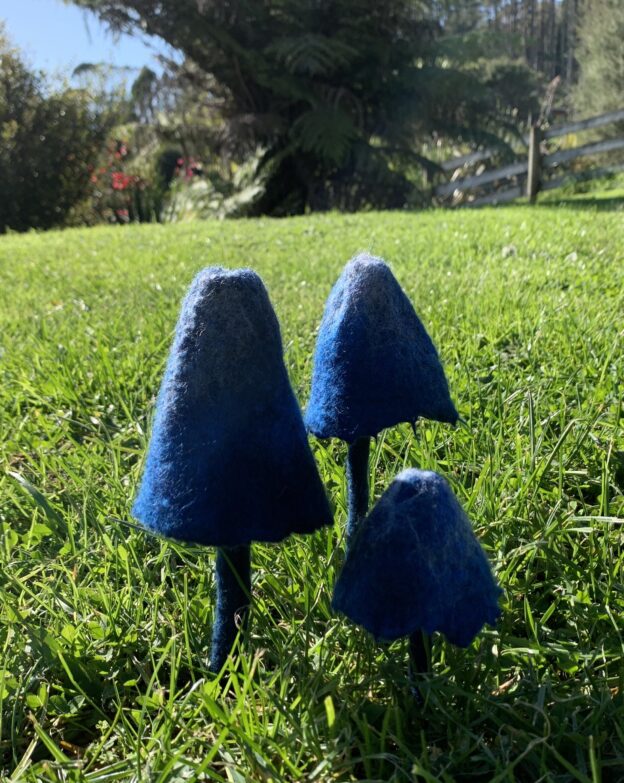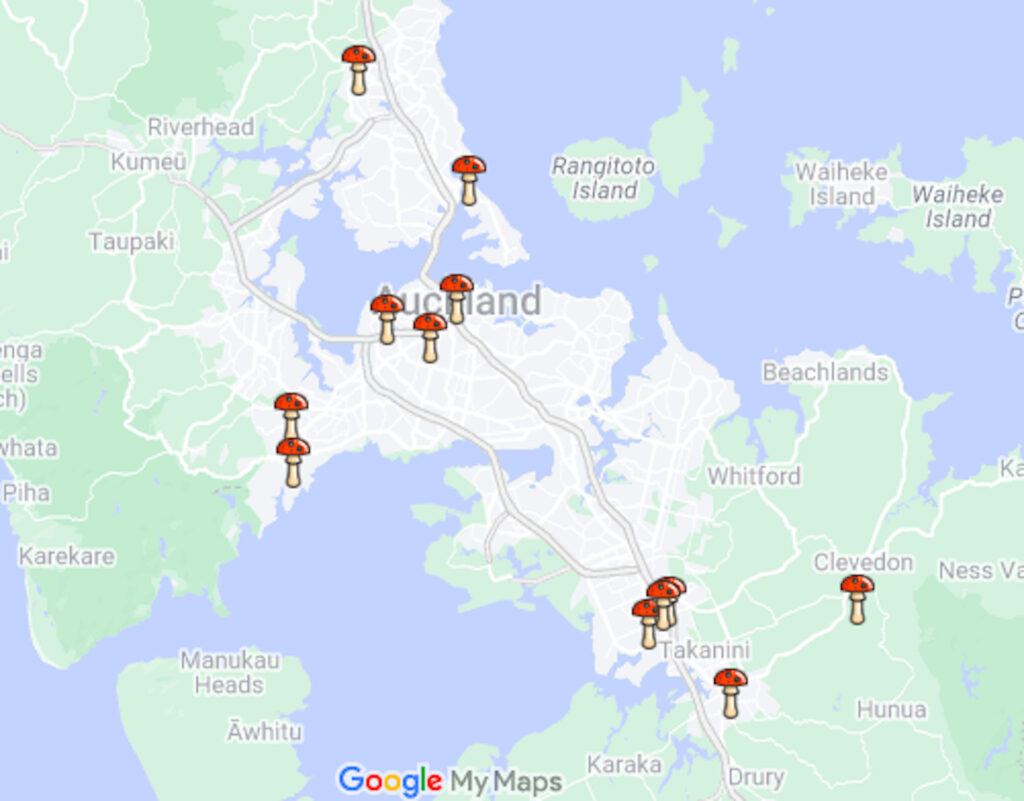Kia ora! I am so excited to be sharing some mushroom magic with you 🙂
There are 4 sets of mushrooms hidden around Clevedon village (NZ), if you find one of them and choose to adopt it, please post a comment on this blog or my FB page so everyone knows not to keep looking for it.
All of the ‘shrooms are hiding in public places, please be respectful of other’s property and don’t go trespassing.
To leave a comment, scroll to the top of this page and click “leave a reply”. The spam settings on this blog mean that your comment will not publish immediately so please don’t feel you have to keep commenting if you can’t see it yet.
I will keep adding to the clues today until each ‘shroom is found.
Bon chance!
Clues
‘Shroom #1
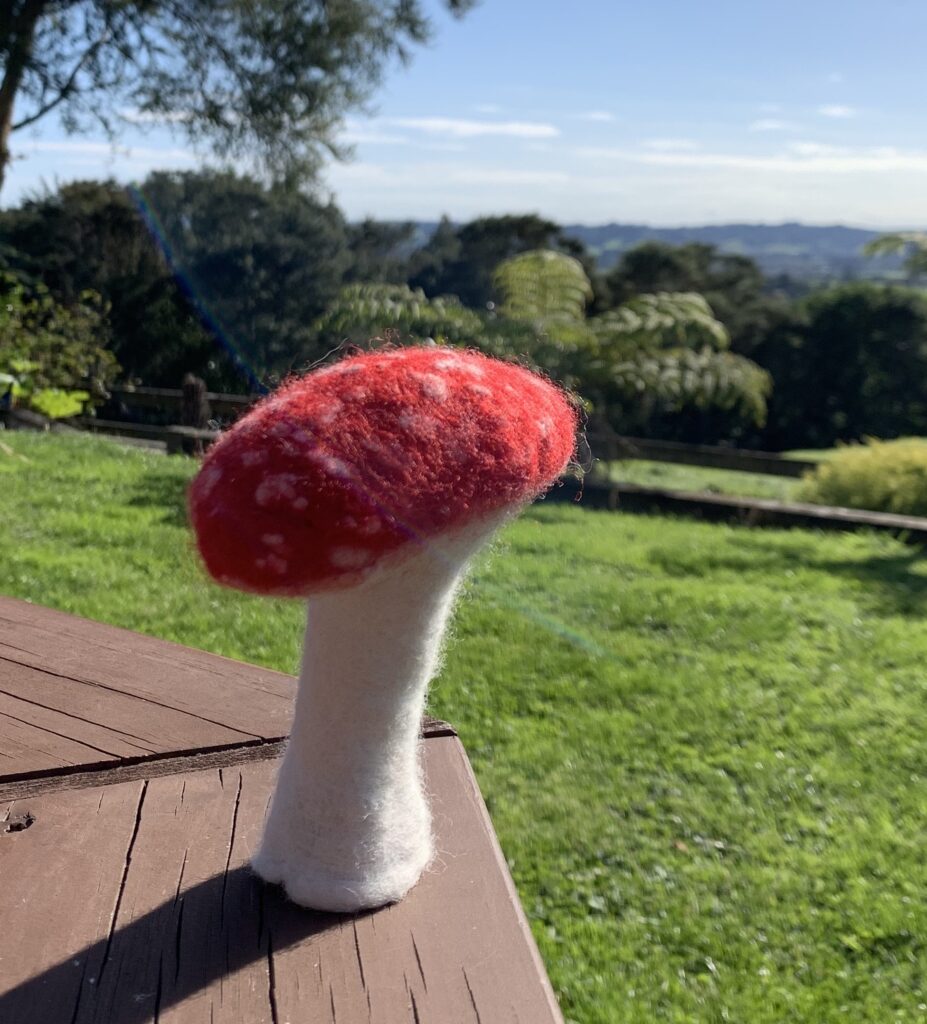
I can see the horses dancing, is this an equine disco?
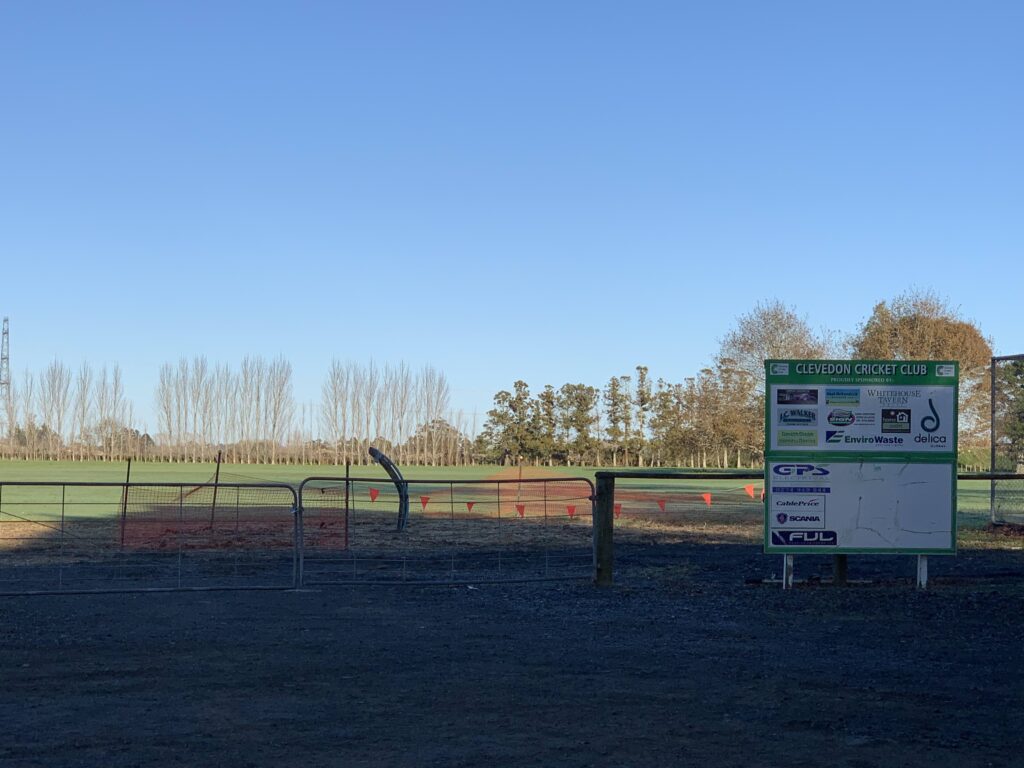
This is a good place to park and walk from here
Follow the dog walkers’ track to the left and take a left turn here:
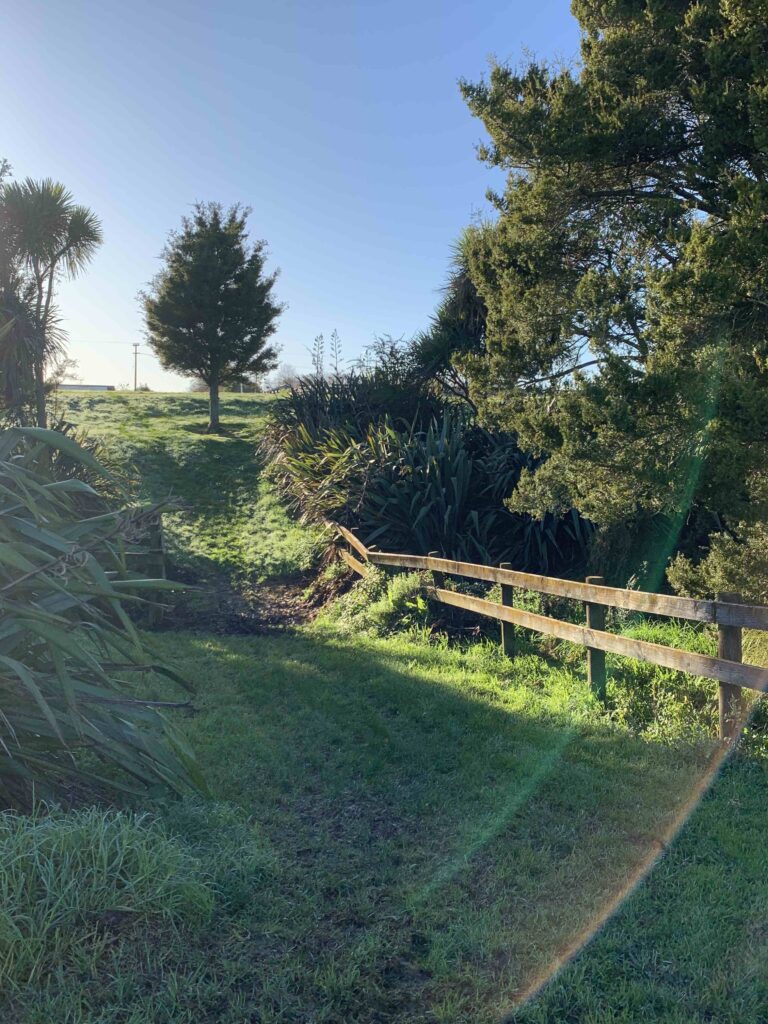
I am in this next picture but you cannot see me:
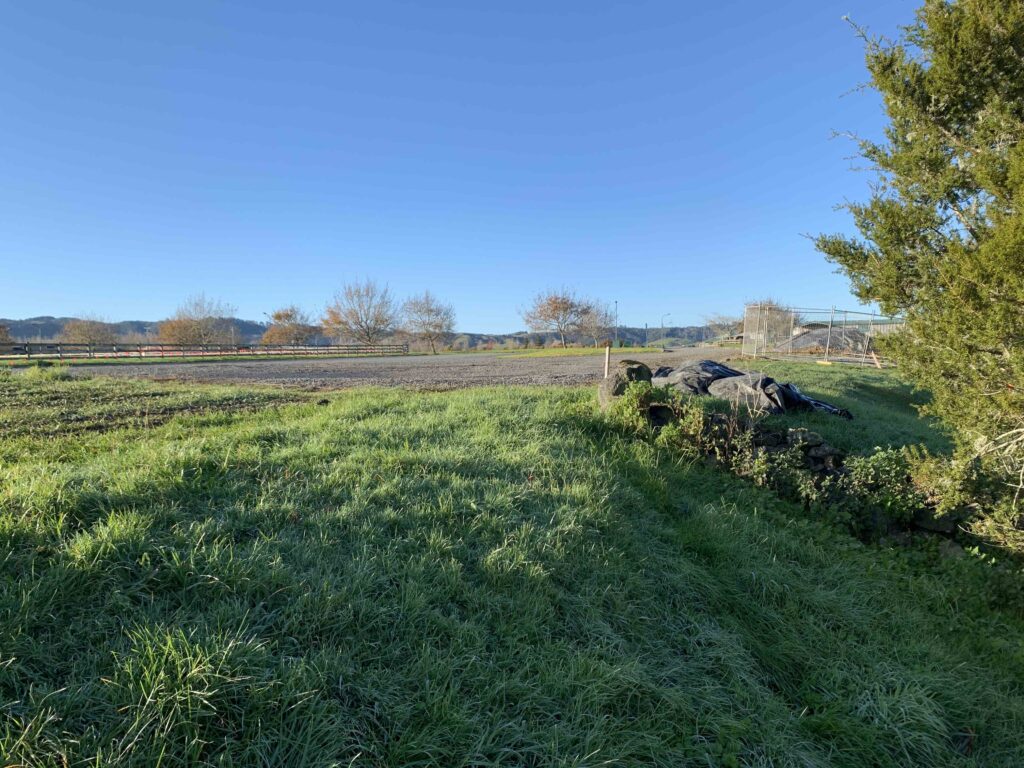
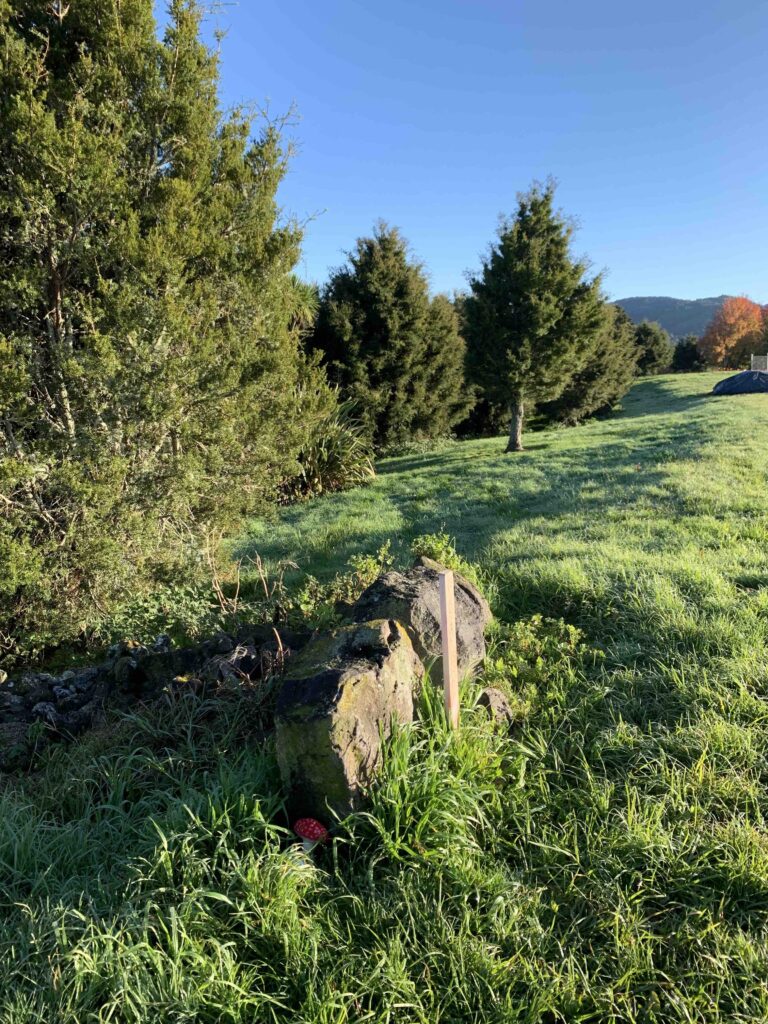
‘Shroom #2
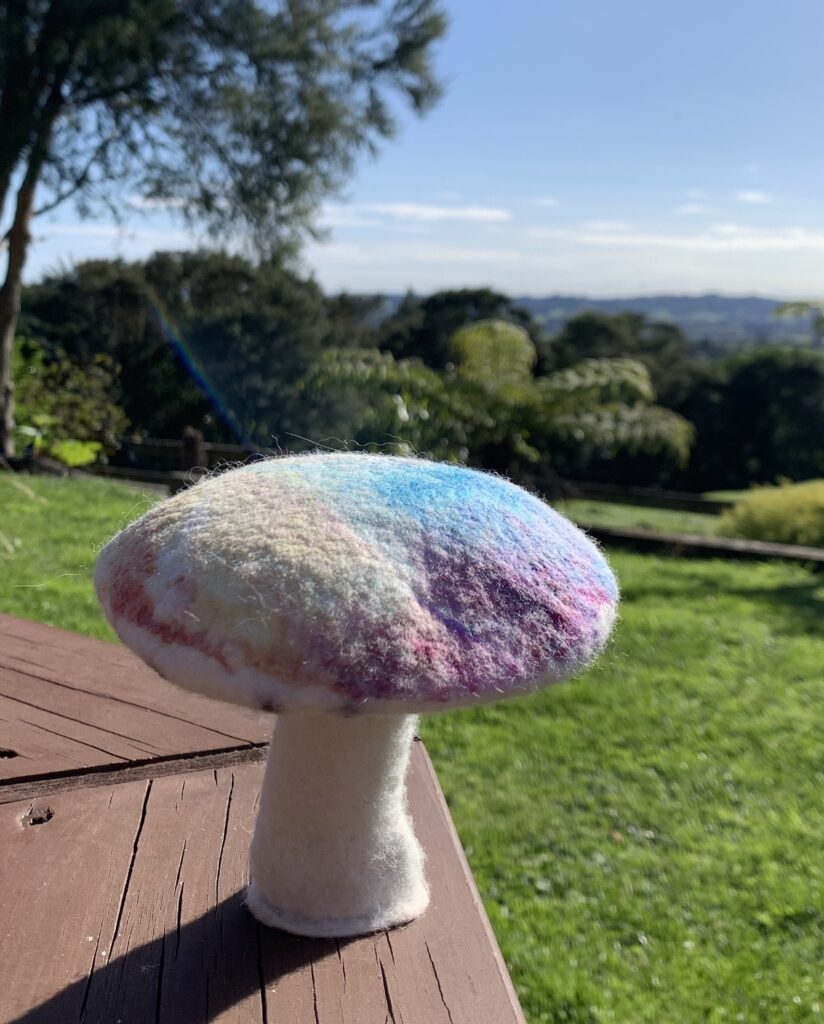
I am near the animal who never forgets….
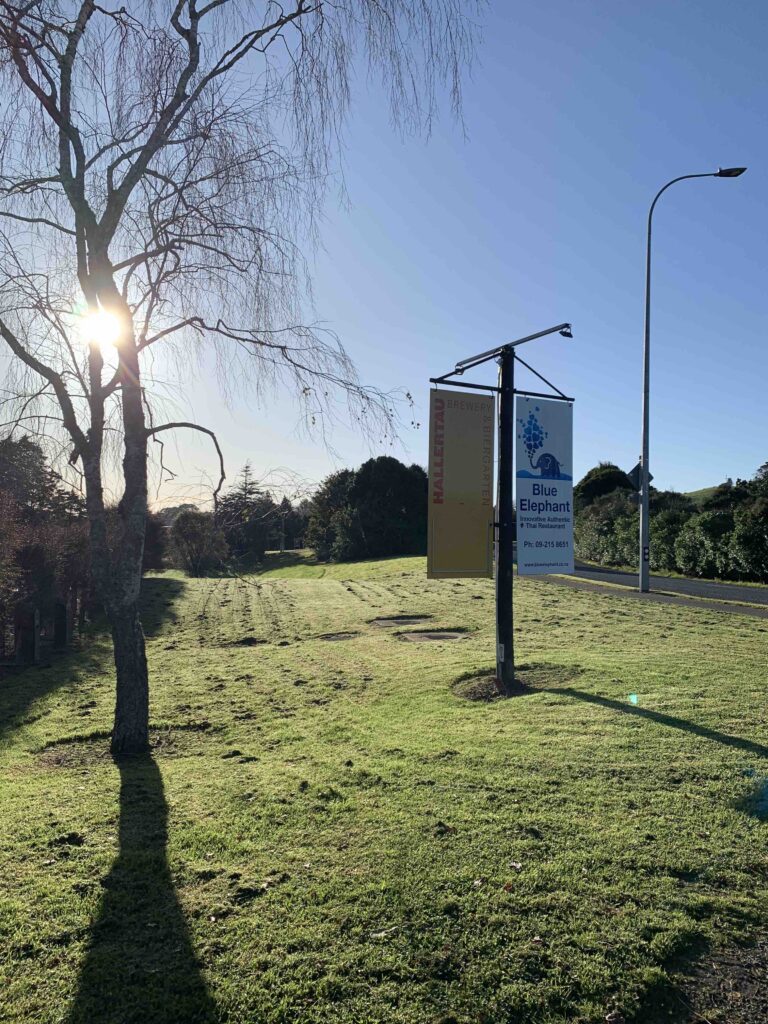
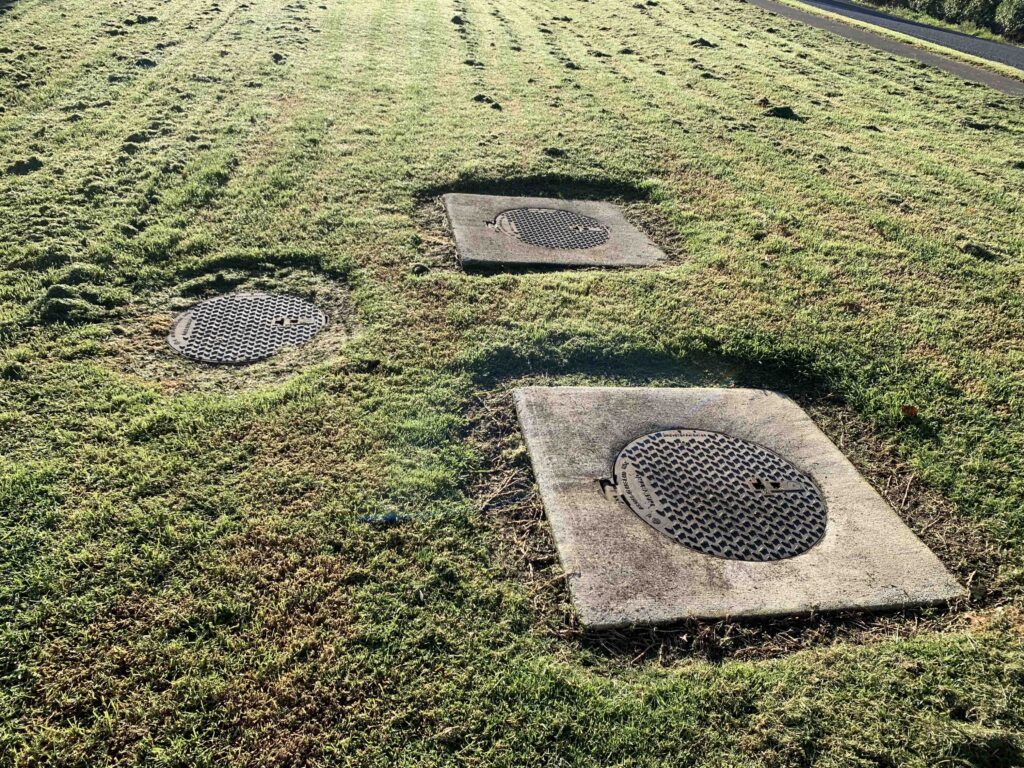
Getting closer! Keep walking…
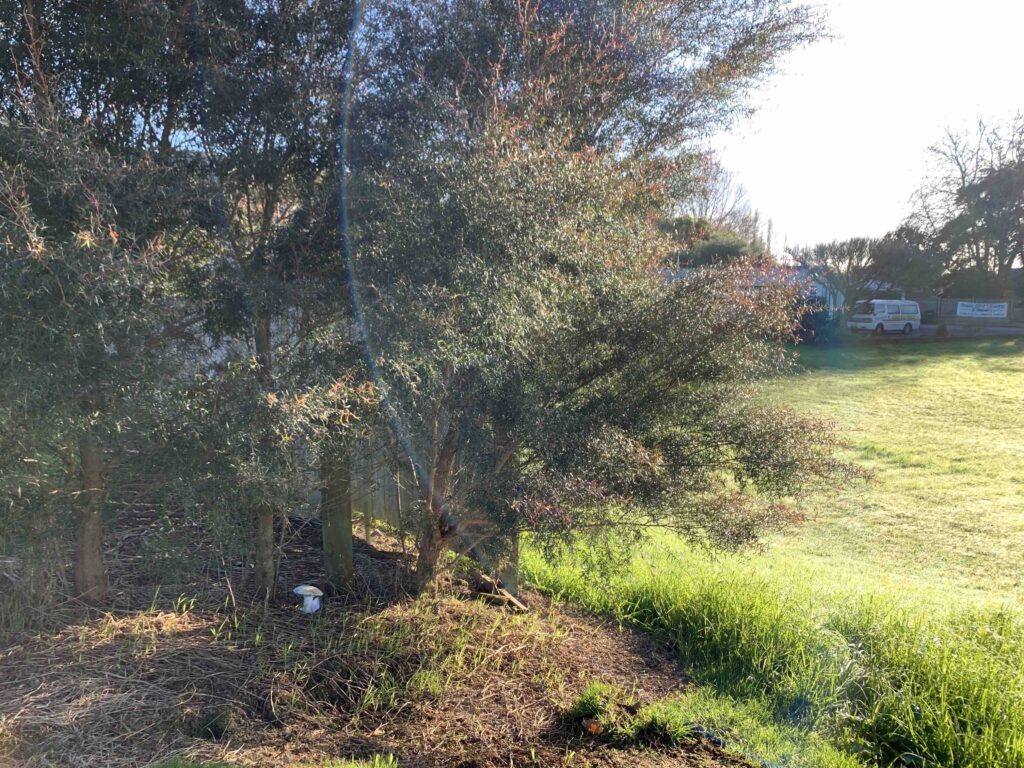
‘Shroom #3
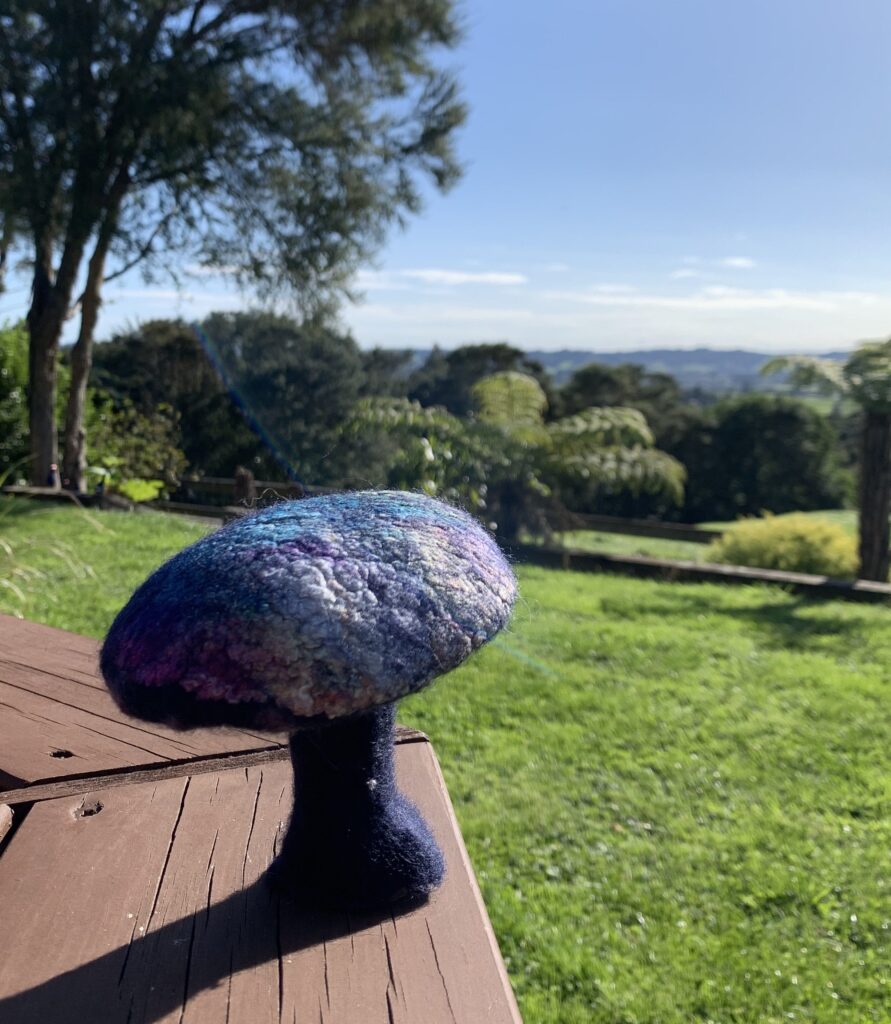
I’m hedging my bets in the village centre
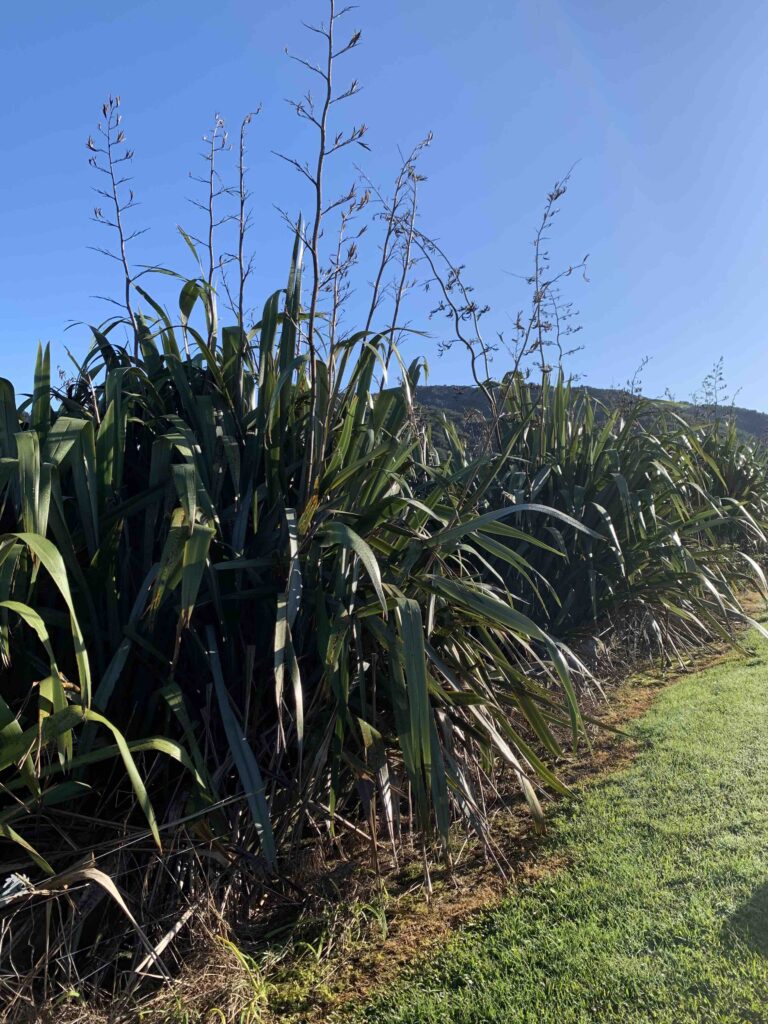
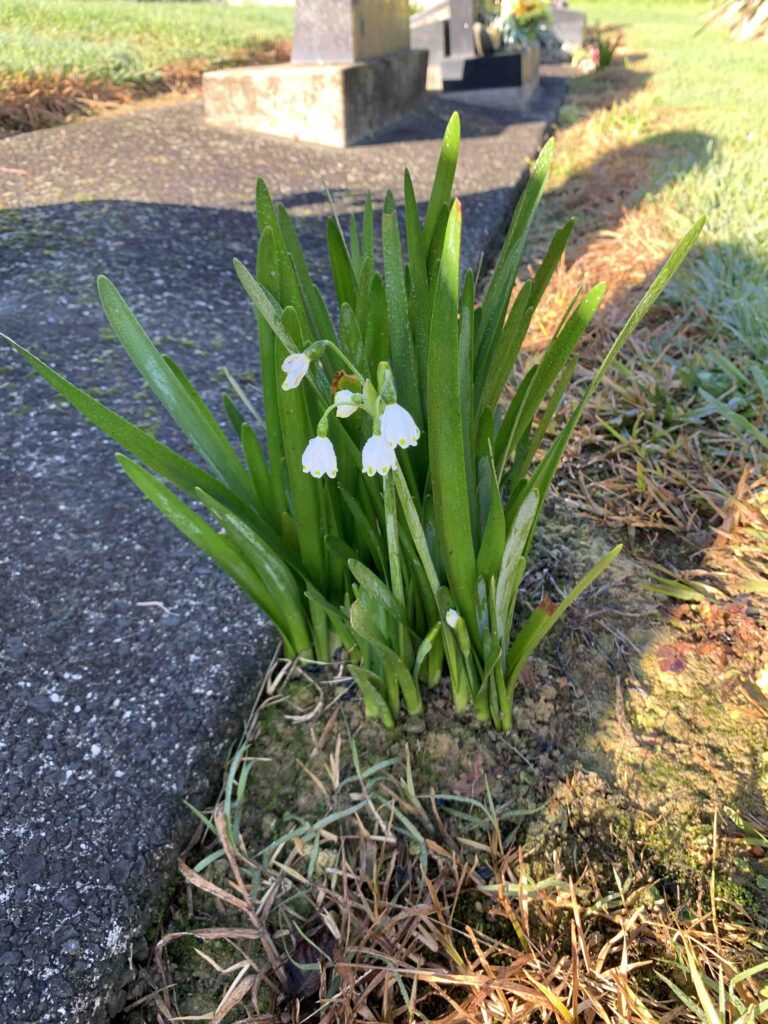
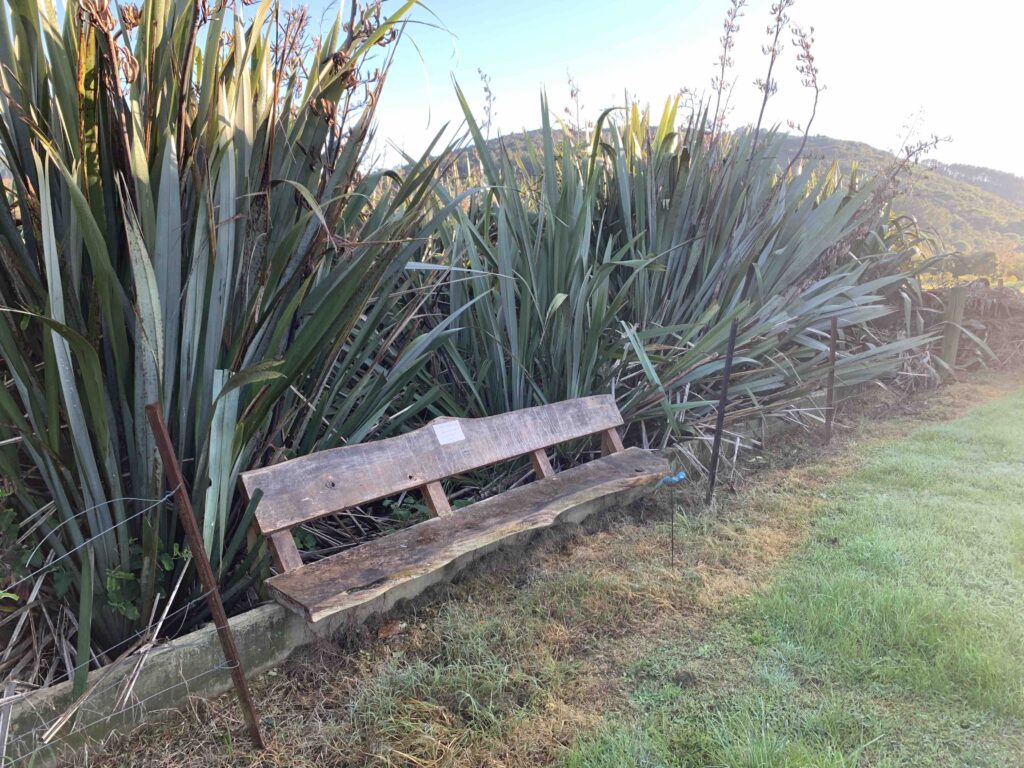
Getting warmer…
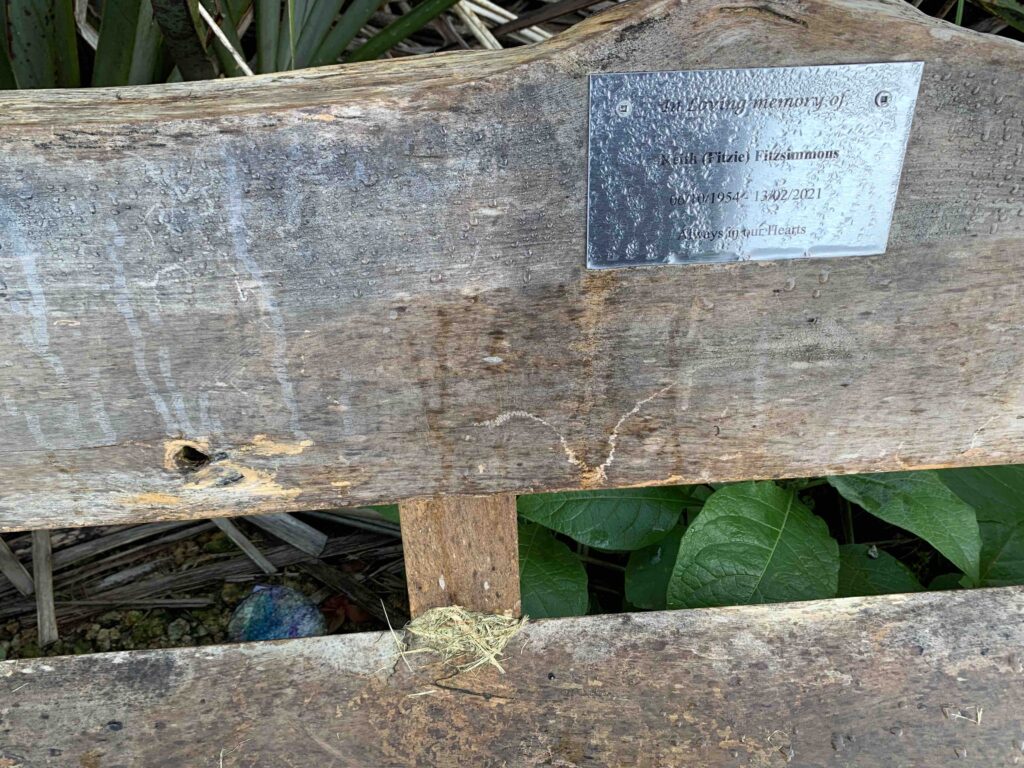
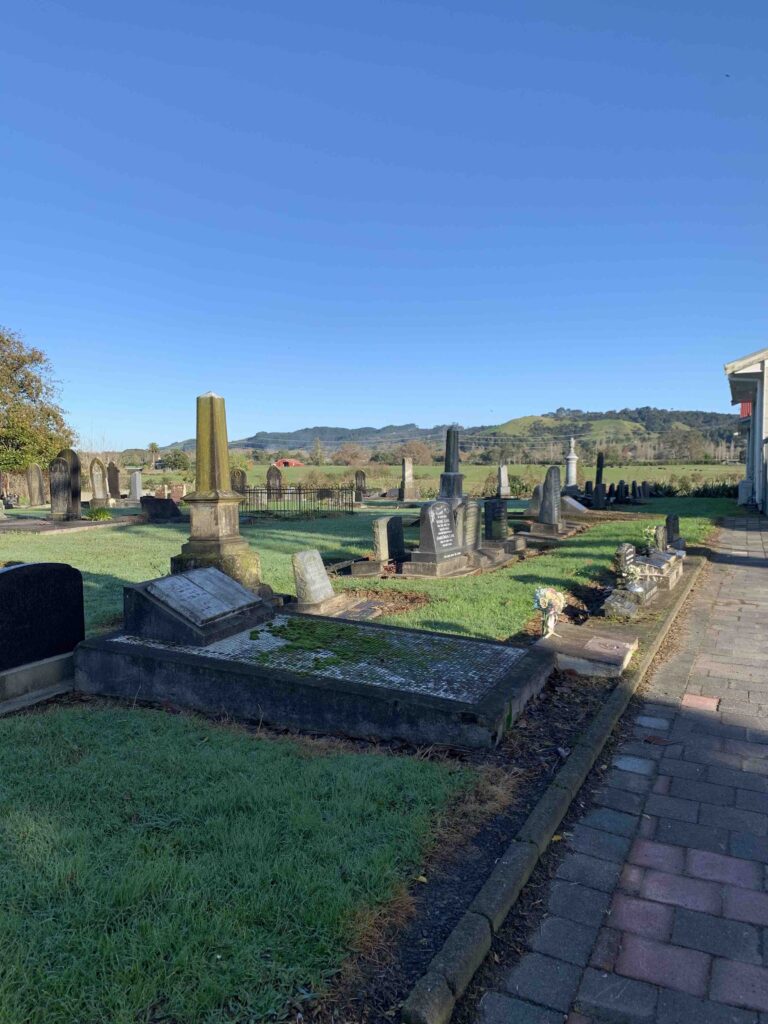
‘Shroom #4 (set of 3) – these ones have been found!
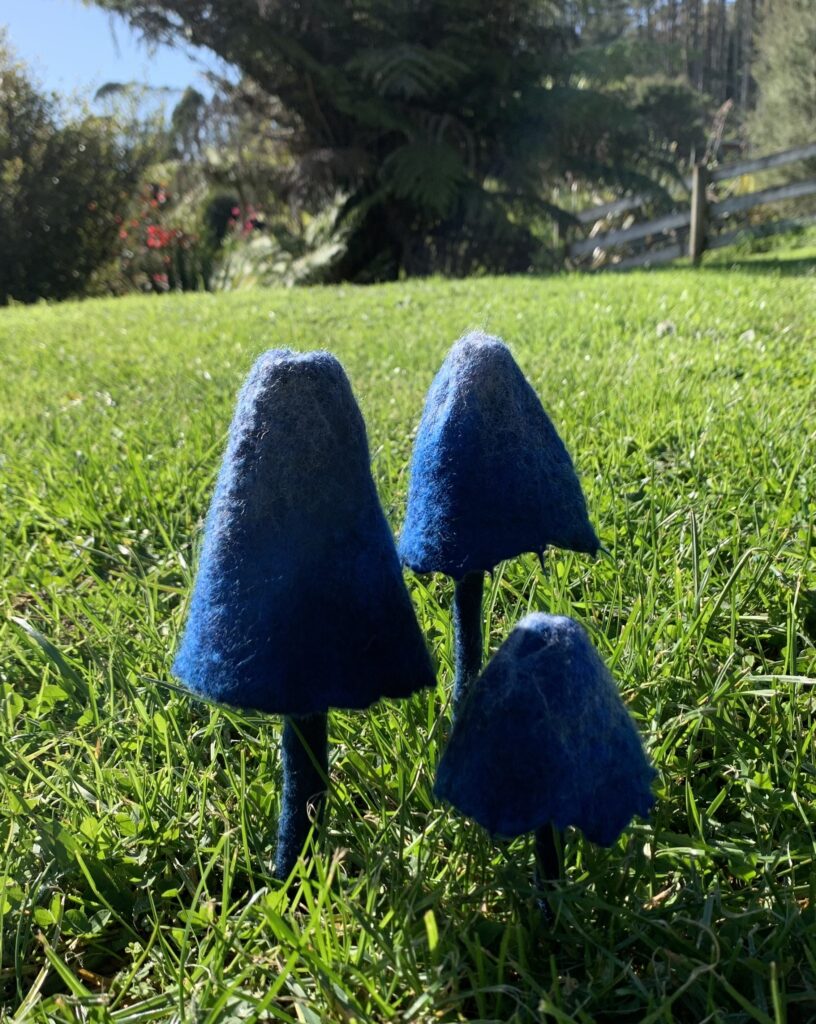
We are shy and retiring, you might describe us as….?
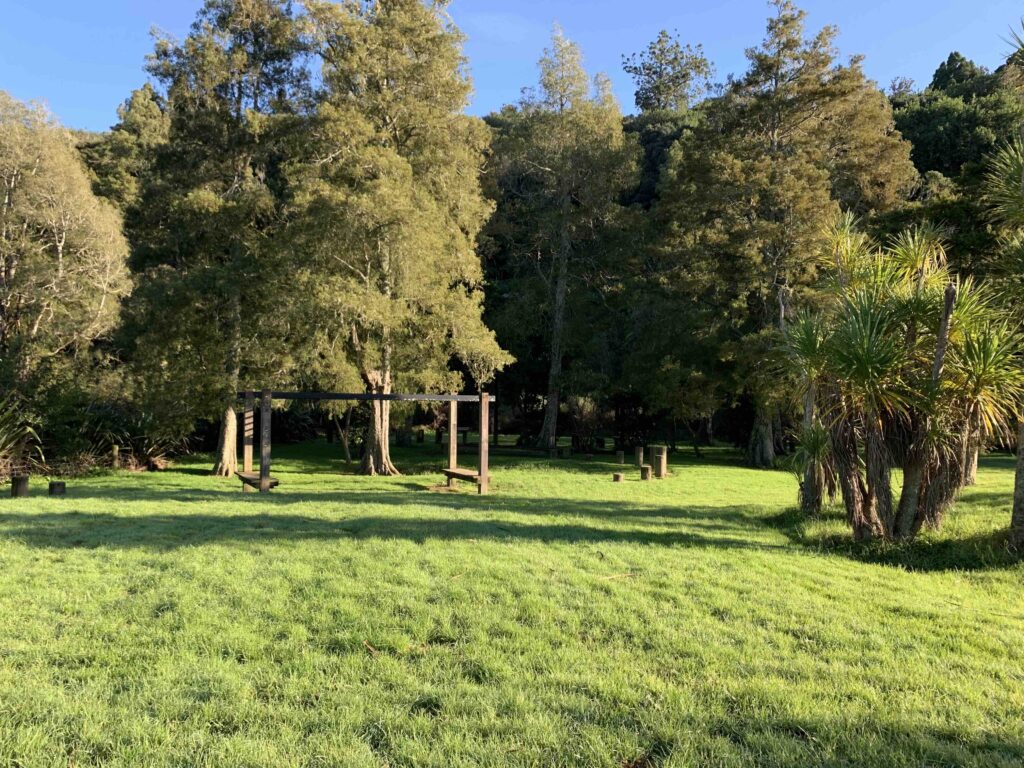
Feeling a little adventurous
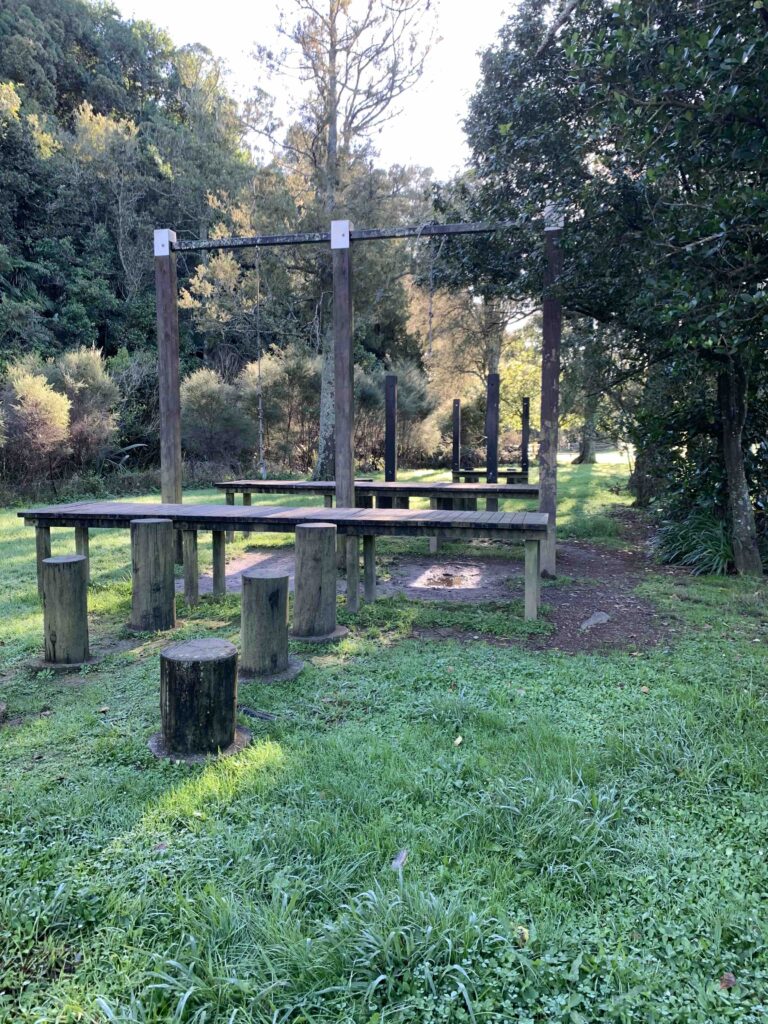
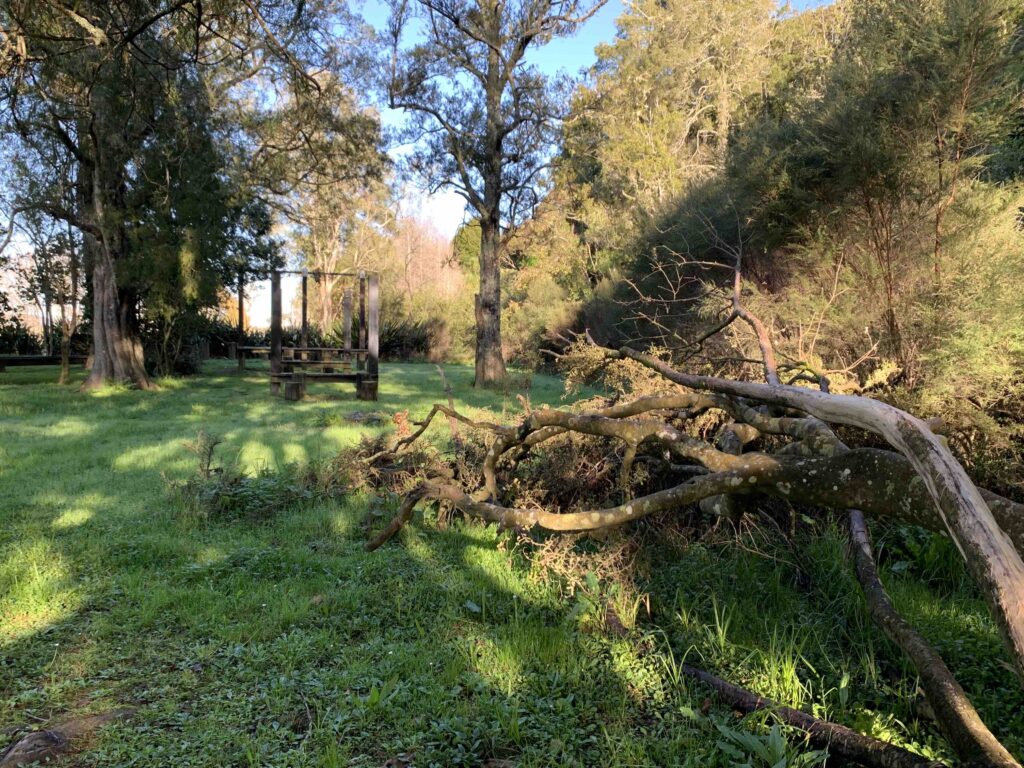
You are sooooo close!
